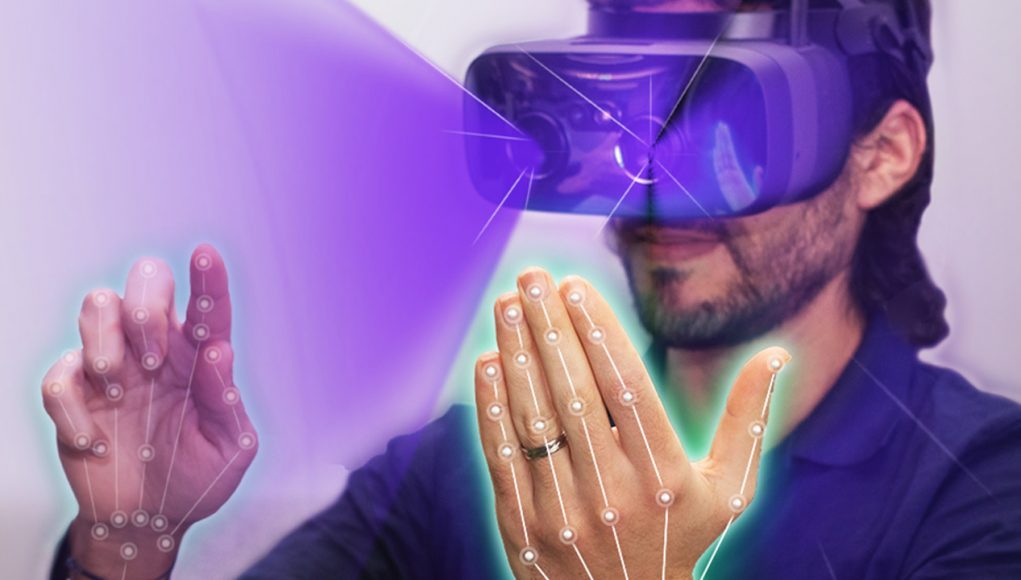Ultraleap, a leading company focused on hand-tracking interfaces, this week announced it has secured a £60 million (~$82 million) Series D investment, with the goal of expanding its hand-tracking and mid-air haptic tech in the XR space and beyond.
Formerly known as Ultrahaptics, Ultraleap was formed after the UK-based haptics company acquired leading hand-tracking company Leap Motion back in 2019. The new name clearly defined the merger’s unique combination of mid-air ultrasonic haptics now underpinned by some of the best hand-tracking tech in the industry.
This week Ultraleap announced it has raised a £60 million (~$82 million) Series D investment with participation from new investors Tencent, British Patient Capital, and CMB International, alongside existing investors Mayfair Equity Partners and IP Group plc.
“With this investment round, Ultraleap will continue to bring Gemini to different operating systems and increase their investment in tooling to enable developers to build more applications using the best interface—your hands. Ultraleap will also continue to invest in R&D to drive their machine-learning-based hand tracking even further ahead,” the company said in its investment announcement.
Ultraleap is betting that hand-tracking will be the primary input for XR and the metaverse. Last month the company released its latest revision.
While the company has been trying to get its tech into the XR space for many years now, it has yet to find significant traction. Though Ultraleap hand-tracking can be found on a few headsets like those from Varjo and Pimax, leading devices implementing hand-tracking—like Quest 2, HoloLens, and Magic Leap—are using their own solutions, as far as we know.
However, with a growing number of XR devices on the market and the steady march toward consumer-friendly AR glasses, the company seems poised to find the right fit eventually.
Ultraleap is also looking to find a home for its tech outside of the XR realm. The company has long been angling its tech in the automotive space as an in-car interface, as well as the out-of-home space in areas like exhibits, marketing installations, and touchless self-service kiosks.







